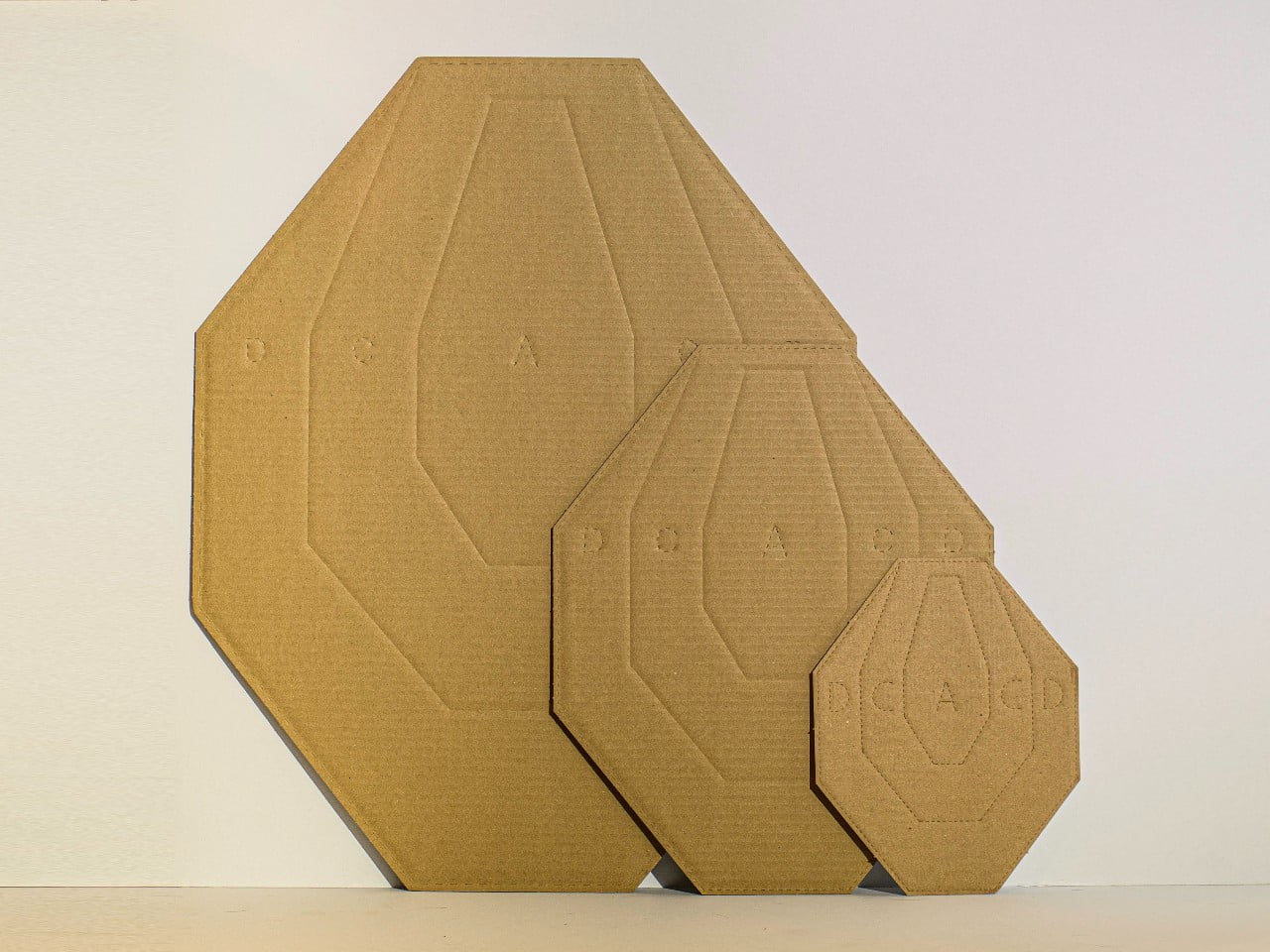Introduction
In the world of IPSC (Worldwide Practical Shooting Confederation) Action Air, targets play a vital function in creating an appealing and difficult shooting experience. The Science Behind Efficient IPSC Action Air Targets is a topic that explores the intricacies of target design and how it affects the overall performance of shooters in IPSC competitors. This article intends to provide a thorough understanding of the science behind producing reliable IPSC Action Air targets, from the products used to the style features that enhance shooter skills. Let's dive deep into this remarkable subject and uncover the secrets behind these targets.
The Value of IPSC Targets
IPSC competitions are known for their dynamic and busy nature, needing shooters to show accuracy, speed, and accuracy. The targets utilized in these competitors act as the main point of focus for shooters, testing their capability to strike particular areas within high-quality cardboard ipsc targets a limited amount of time. Therefore, creating targets that precisely mimic real-life circumstances while providing immediate feedback to shooters is paramount.
Materials Used for IPSC Targets
Steel: The Traditional Choice
One of the most frequently used materials for IPSC targets is steel. Steel offers exceptional sturdiness, allowing targets to endure thousands of rounds without significant damage. Its solidity guarantees that bullets do not penetrate or trigger excessive damage to the target surface, making it ideal for high-intensity shooting sessions.
Paper: A Flexible Option
Paper targets have actually been a staple in shooting ranges for decades. They provide adaptability in terms of styles and scoring zones. Paper targets are lightweight, easily replaceable, and cost-effective. Nevertheless, they lack the resilience of steel targets and may need regular replacements if utilized extensively.

Polymer: Combining Toughness and Flexibility
Polymer targets are gaining popularity due to their special combination of toughness and versatility. These targets are made from high-density polymer substances that can handle recurring hits without substantial damage. Polymer targets provide the advantage of being light-weight and portable while still offering a realistic shooting experience.
Design Functions for Reliable IPSC Action Air Targets
Reactive Targets: Enhancing Shooter Feedback
Reactive targets are created to supply instantaneous feedback to shooters. When struck, they produce noticeable and audible signs such as falling plates or reactive swinging paddles. These functions help shooters evaluate their accuracy and speed, permitting immediate modifications in method. Reactive targets are necessary for IPSC competitors as they simulate real-life situations where fast decision-making is crucial.
Scoring Zones: Accuracy Training Tools
IPSC targets often include scoring zones that challenge shooters to hit specific locations with accuracy. These zones differ in shapes and size, offering different levels of trouble. By concentrating on striking smaller sized scoring zones, shooters can enhance their accuracy and control over their shots. Additionally, scoring zones enable fair and unbiased assessment during competitions, making sure that skill and precision are rewarded.
Target Motion: Dynamic Shooting Experience
Static targets can become foreseeable with time, diminishing the difficulty for experienced shooters. To address this, IPSC targets incorporate movement systems that imitate real-life scenarios. Targets can swing, turn, or move unexpectedly, requiring shooters to adjust quickly and make split-second choices. This dynamic shooting experience boosts shooter skills by imitating the pressure and unpredictability present in real-world situations.

Target Positioning: Producing Reasonable Scenarios
Strategic target positioning plays an important role in creating reasonable circumstances for IPSC competitions. Targets may be positioned at various distances, angles, and heights to mimic different shooting environments. By doing so, shooters need to browse through complex stages that need them to adjust their shooting methods accordingly. This realistic setup ensures that rivals are well-prepared for real-life scenarios where adaptability is paramount.
FAQs About IPSC Action Air Targets
Q: What makes IPSC Action Air targets different from regular shooting variety targets?- A: IPSC Action Air targets are particularly developed to replicate real-life situations, including motion, scoring zones, and reactive features that challenge shooters' accuracy and speed.
- A: Yes, IPSC Action Air targets cater to both novices and experienced shooters. The variety of target designs and trouble levels allow shooters to advance at their own pace while continuously improving their skills.
- A: Reactive targets offer instant visual or auditory feedback when hit. This permits shooters to assess their accuracy and speed in real-time, allowing them to make adjustments and improve their performance.
- A: Absolutely! IPSC Action Air targets are designed to hold up against outdoor conditions. Steel targets are especially popular due to their sturdiness and resistance to environmental factors such as rain or sunlight.
- A: Yes, IPSC competitors have strict rules concerning target placement. These guidelines guarantee a reasonable and consistent experience for all competitors while mimicing reasonable shooting scenarios.
- A: IPSC Action Air targets combine various design functions that challenge shooters' precision, speed, adaptability, and decision-making skills. Regular practice with these targets permits shooters to establish a well-rounded ability necessary for real-world shooting situations.
Conclusion
The Science Behind Efficient IPSC Action Air Targets incorporates a range of aspects that contribute to the total shooting experience in IPSC competitions. From the materials used to the style includes incorporated, every element is carefully crafted to improve shooter abilities and imitate real-life circumstances. By comprehending the science behind these targets, shooters can make informed options regarding their IPSC equipment and devices. Whether it's steel, paper, or polymer targets, the objective stays the same-- to offer an appealing and challenging shooting experience that promotes skill advancement and competitors on the planet of IPSC Action Air.